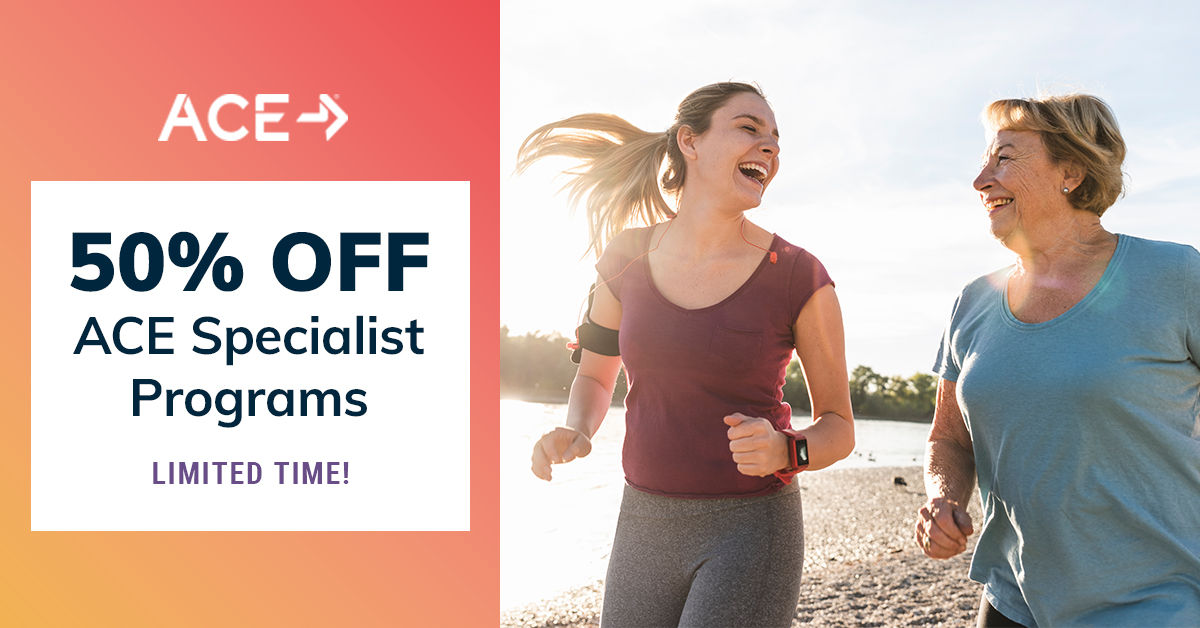The COVID-19 pandemic has created many challenges for families across the world. As government and health institutions warn of the virus’ spread in indoor environments, many are looking to spend as much time outside as possible.
The good news is that the fresh air and open spaces provided by the outdoors encourage families to be active together. Research has shown that kids that come from an active home environment are more likely to be physically active when they get older. Active families are healthy families.
The simple outdoor activities below offer a fun challenge for the entire family. In addition to promoting both sweat and smiles, these activities develop important physical skills as well.
Obstacle Courses
Equipment: (All optional)
- Sidewalk chalk
- Cones or markers
- Any “obstacle” in the environment
Obstacle courses require participants to change the way they move to overcome constantly changing challenges. This improves coordination and body awareness in addition to the individual challenges each obstacle provides.
Setup:
- Each participant sets up an “obstacle course” with at least three different stations using items found in the area. For example, set up three or more markers in such a way that participants have to crawl to the first marker, jump to the second marker, and shuffle to the third marker. Feel free to get more creative with the movements in addition to adding more stations.
- After everyone has completed the course, add a competitive component by seeing who can do it the fastest.
10-Cone Warm-up
Equipment:
- 10 cones or markers
What skills does this activity develop?
This activity requires participants to create a large “movement vocabulary,” as they have to constantly come up with new ways to move from marker to marker. The number of different movements done back to back creates a unique muscular fitness and aerobic challenge as well.
Setup:
- Set up 10 or more markers 5-10 yards (more if there is room) apart across a large space (not in a line).
- Each participant starts at a different marker.
- On “go,” everyone choses a different way to move to any other marker. No two family members can go to the same marker.
- Once the marker is reached, switch movements and move to another marker.
- Repeat for a total of 10 markers and 10 different movements.
- Movements can’t be repeated.
Tic-tac-toe
Equipment:
- Sidewalk chalk or jump ropes to set up a “tic tac toe” grid
- 6 bean bags or other markers, 3 of one color, 3 of another color
- 2 cones or markers
Tic-tac-toe helps develop decision-making and spatial skills. When set up in this format, it adds an element of cardiorespiratory conditioning.
- Establish a tic-tac-toe grid with sidewalk chalk, jump ropes or anything else that will hold its shape.
- Position two markers roughly 10 feet apart, approximately 20 yards from the tic-tac-toe grid. The farther you can position these markers from the tic-tac-toe grid, the greater the cardiorespiratory challenge will be.
- Split participants into two equal teams if possible.
- Each team receives three bean bags or markers of the same color and lines up behind a marker.
- On “go,” the first person for each team runs to the tic-tac-toe grid and places their bean bag or marker in a square on the tic-tac-toe grid. No two markers can be placed in the same square.
- After the marker has been placed, the participant runs back to their team and tags the next in line.
- The next in line runs to the tic-tac-toe grid and places their marker.
- After the three markers have been placed and neither team has achieved a tic-tac-toe, instead of carrying a marker to the grid, subsequent participants run to the grid and move one of their markers to another square in the grid.
- This is continued until one team has achieved a tic-tac-toe.
Lava Boats
Equipment:
- Paper plates or similar size markers that participants can stand on
As participants space the plates or markers at different distances, they discover their range of movement and how much space their body takes up. These are important components of developing spatial awareness. The bending, reaching and other movements required help develop balance and flexibility as well.
- Establish a space roughly 10-20 yards in length (depending on space available); designate a start and finish line.
- Each participant receives two paper plates or similar markers and begins at the starting line while standing on one plate and holding the other.
- On “go,” each participant places a plate on the ground and steps both feet directly to that plate without touching the ground.
- Once the second plate is reached with both feet, participants must reach to retrieve the plate they were originally standing on without touching the ground with any part of their body.
- If they touch the ground (anywhere off of the plate) with any part of their body, they must return to the starting line.
- Repeat until someone reaches the finish line.
How Many
Equipment:
- Two markers of any kind, including objects in the environment
This activity helps participants develop a sense of how their movement relates to the space around them. This is one of the foundations of agility. It also helps in developing an awareness of the components of movement like force and momentum.
- Each participant defines a starting and ending point marked by a marker or object in the environment.
- Participants decide on a number between 1 and 20 and a movement pattern, such as jumping, skipping, etc.
- Each participant attempts to move from their starting to their ending point in the chosen movement pattern in exactly the agreed upon number of repetitions. For example, if the chosen number is 15 and the chosen movement is “jump,” each participant would perform 15 successive, equidistant jumps in an attempt to arrive precisely at their ending point.
- The person closest to their ending point without changing their range of movement when they reach the agreed upon number of repetitions wins.
- Repeat the process for different movement patterns, different body orientations (sideways, backward, etc.) and, when safe, with eyes closed.




 by
by 










 by
by